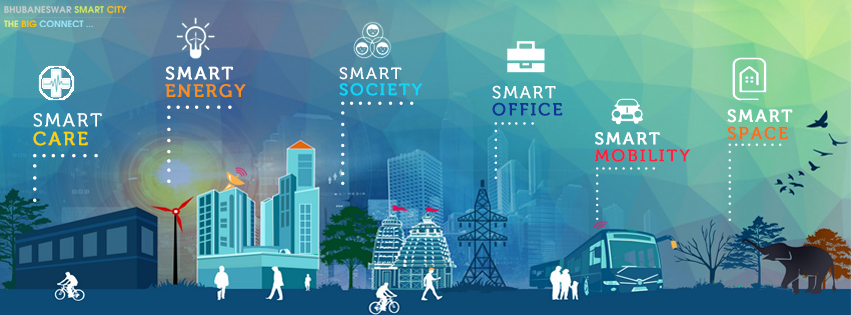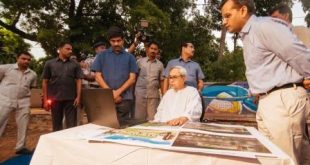SAMBALPUR: As the Odisha government has planned to spend Rs 4500 crore to provide smart services to the citizen of Bhubaneswar, which topped in Smart City list across the country, social activists questioned over the idea of government to raise a loan of 3500 crores from World Bank to develop Bhubaneswar into Smart City.
“As per the highlighted plans, the pilot Smart City called ‘Bhubaneswar Town Centre District (BTCD)’ will be built in an area of 985 acres with a population of 46000 people. This means about one million Indian Rupees will be invested per head in this area, 78 percent of which would be a loan,” said Water Initiatives Odisha (WIO) Convenor Ranjan Panda.
“In other words, if each citizen of the Smart City has to pay back for these smart services she/he receives, she/he has to pay back 7,80,000 rupees with interest to the World Bank. Is it a smart idea?” asked Panda.
He asked whether the state government got any revenue generation plan from the Smart City area to be able to repay the loans or this entire burden will be transferred to common citizens.
He said the government must make public the revenue plans for the Smart City area and assure the common citizens of the state that they don’t have to subsidise for the smart services to a small fraction of the capital city.
“In a state that is still not able to provide the promised 35 percent irrigation to all its farmers and where farmer suicide cases have been increasing, how wise it is to spend so much of money? ” asked Panda.
“The Smart City scheme is a central government’s initiative, and we understand the state entered into a competition to get into the list. However, we don’t figure out why so much of loan has to be borrowed to develop good infrastructure for just a minuscule size of population and area in the state,” said the social activist.
Pointing out that most of the urban areas of the state are lacking basic minimum facilities, he said such expensive infrastructure model for a very small section of the population in the state would increase further discrimination and discontent in the state.
“We urge upon the state to thoroughly study all these likely problems and redesign the plan,” said Panda.
 Update Odisha-Latest Odisha News I Breaking News Get latest news on Odisha, Govt. Jobs, OSSC, OPSC, Entertainment, Crime, Sports, and Education
Update Odisha-Latest Odisha News I Breaking News Get latest news on Odisha, Govt. Jobs, OSSC, OPSC, Entertainment, Crime, Sports, and Education



